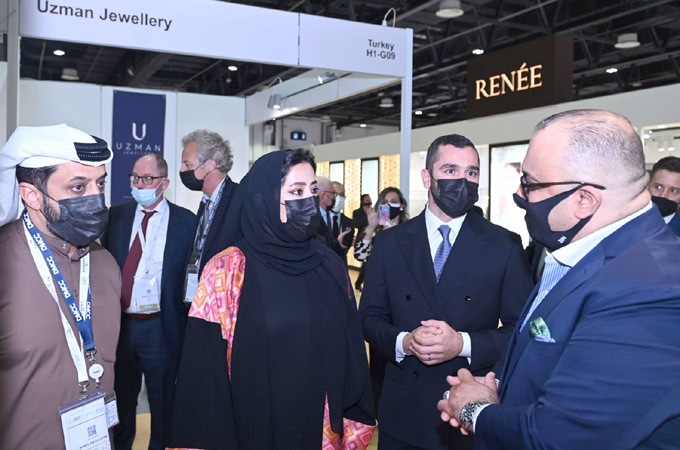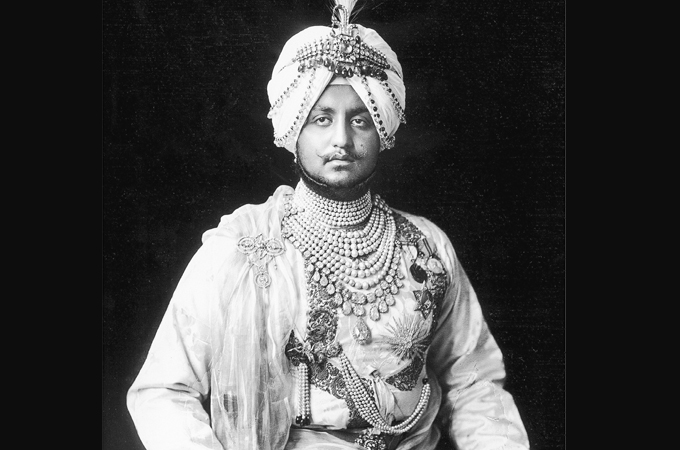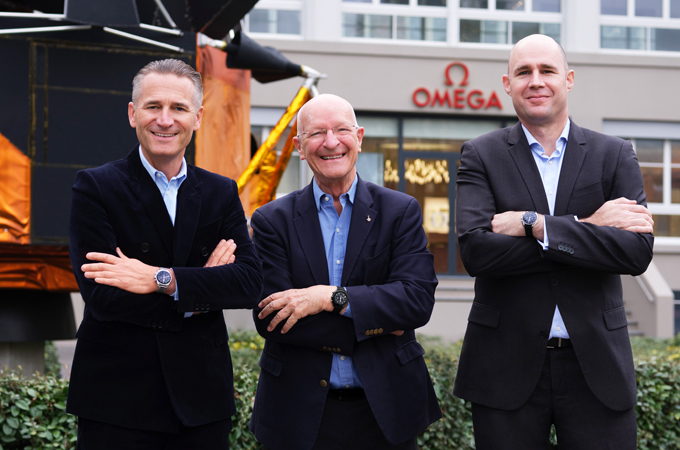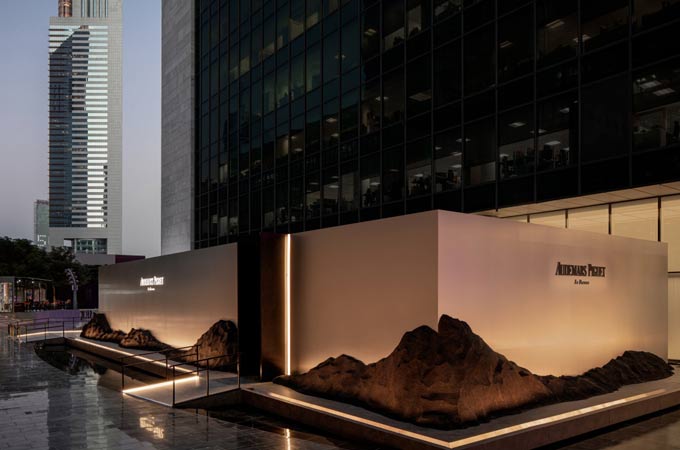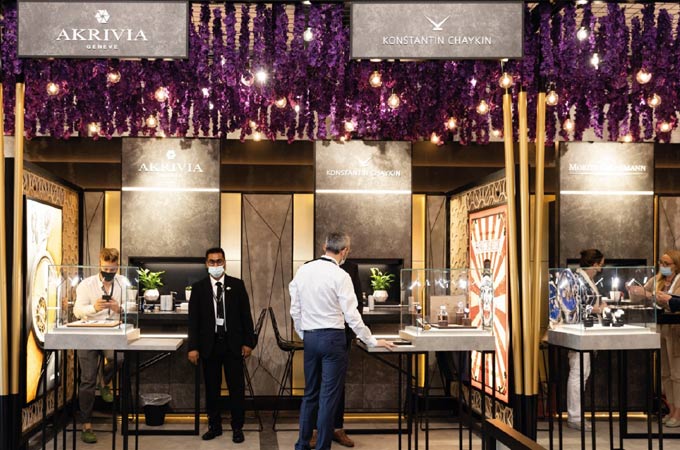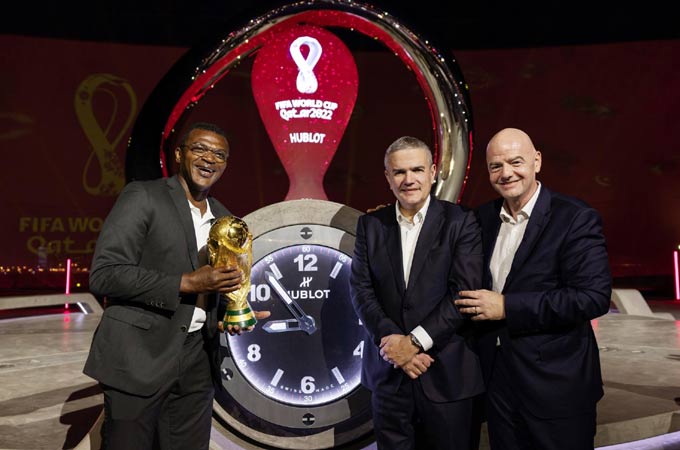Mon, Dec 4, 2017
Luxury is back in fashion as the shine has returned to the market after a year of stagnation. Top-end cars, personal goods and luxury experiences are driving this growth across regions.
The overall luxury market – encompassing both goods and luxury experiences – grew by 5 percent to an estimated €1.2 trillion ($1.424 trillion) globally in 2017.
Sales of luxury cars continued to drive the market, growing at 6 per cent to reach €489 billion in total, according to the 16th edition of the "Bain & Company Luxury Study," released in collaboration with Fondazione Altagamma, the Italian luxury goods manufacturers' industry foundation.
Luxury experiences remained very attractive to customers, as illustrated by sales of high-end food and wine both growing by 6 percent from last year, and sales from luxury cruises experiencing impressive 14 percent annual growth.
The core market for personal luxury goods reached a fresh record high of €262 billion, boosted by a return of Chinese buying both at home and abroad as well as stronger purchasing trends in other regions.
“On a global level, we saw some positive growth in the first half of the year, which has continued as the luxury market regains momentum,” said Cyrille Fabre, a Bain partner and the Middle East head of Retail and Consumer Product Practices. "The Middle East market has started to stabilise and is expected to be flat in 2017 versus last year.”
Global rebound
Europe continues to bounce back, growing by 6 percent at current exchange rates and reaching €87 billion of retail sales to regain its place as the top region for luxury sales by value. Tourist flows have continued to support the market in the UK, Spain and France, and local consumption has also strengthened, particularly in Germany.
Local buying by increasingly fashion-savvy Chinese customers has boosted sales in China by a remarkable 15 percent in current exchange rates in 2017, to a total market size of €20 billion. Buying abroad has also increased, with the share of global personal luxury purchases by Chinese nationals reaching 32 percent in 2017.
The rest of Asia (excluding Mainland China and Japan) has also had a strong showing, growing by 6 percent. A recovery in Hong Kong and Macau helped push growth into positive territory with market size reaching €36 billion this year.
A currency-driven boost in the second half of the year and increasing Chinese spending propelled Japan to 4 percent growth in current exchange rates to €22 billion this year.
Going forward, detached millennial customers will pose a challenge for brands in this market, the report said.
The American (both North and South America) market has struggled but still managed to finish the year in positive territory, growing by 2 percent. At €84 billion, it remains a crucial market for luxury brands that still face with a struggling environment for department stores. Canada and Mexico are among the bright spots in the region.
In other regions, growth was flat at 1 percent, with the Middle East restrained by economic uncertainty.
How customers are buying luxury
The retail channel grew 8 percent in 2017 alone. Of that, 3 percent came from new-store openings and the remaining 5 percent came from like-for-like sales growth. Wholesale channels grew at only 3 percent, driven by a strong performance of specialty stores but partially offset by the disappointing performance of department stores globally.
The relentless march towards online sales continues, with sales jumping by 24 percent in 2017. The US market makes up close to half of online sales – which represented €23 billion in total – but growth was particularly strong in Europe and Asia.
Accessories remain the top category sold online, ahead of apparel; beauty and hard luxury (jewellery and watches), are both on the rise. Brands are finally starting to proactively make their mark in this channel by establishing their own websites, which now account for 31 percent of sales.
Bain estimates that online sales for personal luxury goods will make up 25 percent of the market by 2025, with stores still accounting for 75 percent of purchases.
“It’s more than just the millennials – we think that it’s actually about the ‘millennial state of mind’,” said Fabre. “This means that while the millennial generation will continue to be important, the way that they shop has permeated other generations as well. Brands need to think about telling their own differentiated story online and in-store, and for those who manage to do that, we see growth ahead for the personal luxury goods market.”
Who are today’s customers?
Winning brands are tailoring their strategies to specific categories and creating an ecosystem where every interaction with the customer has an impact in telling the brand’s story, the report says.
Shoes, jewellery and bags ranked as the three fastest-growing categories this year, but apparel, beauty and watches still account for the bulk of the market.
Luxury brands are reinterpreting streetwear in an attempt to appeal to younger consumers, with T-shirts, sneakers and down jackets among the standout categories.
The main growth engine of the luxury market is a generational shift, with 85 percent of luxury growth in 2017 fuelled by Gen Y and Gen Z.
The future of luxury
Bain expects this positive growth to continue at an estimated 4 to 5 percent annual growth rate in the next three years, with the market for personal luxury goods reaching €295 billion - €305 billion by 2020.
While the industry remains polarised between winners, who are experiencing growth, and the losers, are challenged by sales declines, the market conditions are evolving in a positive direction. Nearly two-thirds of brands (65 percent) experienced growth in 2017 – up from only 50 percent in 2016.
Profitability levels remain high on average (around 19 percent of operating profits in 2017). However, the polarization phenomenon is even more skewed for profitability than for revenue growth: among the winning brands in 2017, only one third was able to also grow their profits.
“The Middle East market has reached an inflection point. Many brands have now reduced the price gap versus Europe and sales have started growing again. But the growth is still very volatile across categories and brands, not everyone wins. With the entry of Amazon, the launch of Noon, Ounass, Net-a-porter and others, the ecommerce penetration will quickly catch up with European levels thus absorbing a large part of the market growth” said Fabre.







